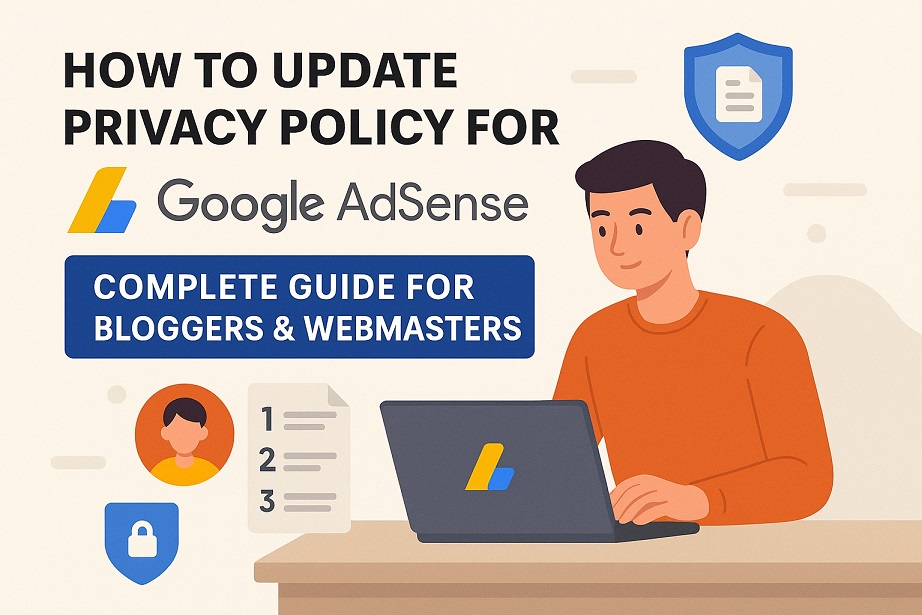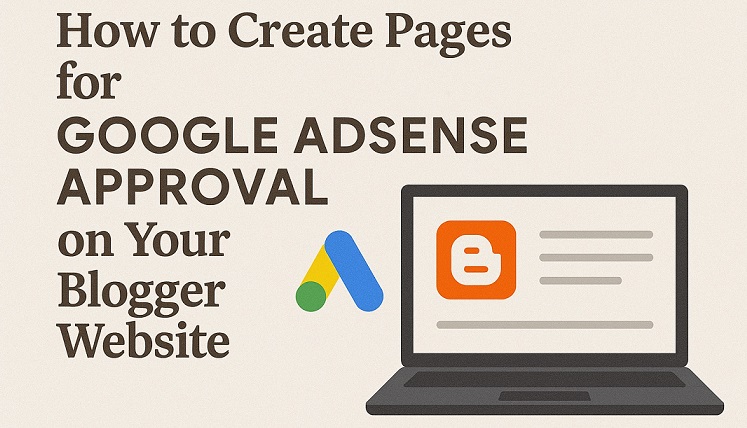Mastering AI: OpenAI President Greg Brockman’s Formula for Perfect Prompts
Mastering AI: OpenAI President Greg Brockman’s Formula for Perfect Prompts
Artificial Intelligence (AI) has transformed how we interact with technology, making tasks like content creation, research, and problem-solving more efficient. However, many users struggle to get precise and relevant responses from AI tools like ChatGPT. The issue isn’t the AI’s capability—it’s how prompts are structured.
To solve this, OpenAI President Greg Brockman recently shared a powerful framework for crafting prompts that maximize AI accuracy. This method, initially developed by AI expert Ben Hylak, ensures that AI-generated responses are reliable, relevant, and well-structured.
Why Do AI Responses Vary?
AI generates answers based on how well a prompt is framed. A poorly structured prompt can lead to generic, incomplete, or misleading results. By applying Brockman’s formula, users can enhance the quality of AI-generated responses and unlock AI’s full potential.
OpenAI’s Formula for Perfect AI Prompts
The Anatomy of an AI Prompt consists of four essential elements:
1. Clearly Define Your Goal
A vague request results in a broad, less useful answer. Instead of asking: ❌ “Tell me about hiking.” Try: ✅ “List five medium-length hiking trails within two hours of San Francisco, known for unique scenery and fewer crowds.”
By refining the goal, AI can generate targeted and valuable responses.
2. Specify the Desired Format
AI can present information in multiple ways. To improve readability, define the format:
-
“Provide a numbered list with descriptions.”
-
“Organize the response in table format, comparing features.”
-
“Summarize in bullet points.”
By doing so, the AI understands how to structure the response effectively.
3. Set Constraints and Accuracy Warnings
Including constraints helps guide AI output. If requesting factual data, specify:
-
“Ensure all travel times are accurate.”
-
“Verify historical facts using reputable sources.”
-
“Exclude tourist-heavy locations and focus on hidden gems.”
This reduces misinformation and ensures AI adheres to set criteria.
4. Provide Context for Better Personalization
Adding context refines AI responses. Instead of: ❌ “Recommend restaurants in New York.” Try: ✅ “I’m vegetarian and prefer budget-friendly restaurants. Suggest five places in NYC with high ratings.”
Context allows AI to tailor responses to specific needs, delivering more meaningful recommendations.
Applying This Formula: Real-Life Examples
Example 1: Travel Planning
Weak Prompt: ❌ “Suggest a weekend getaway.”
Optimized Prompt Using Brockman’s Formula: ✅ “Recommend a unique weekend getaway within a three-hour drive from Los Angeles, focusing on scenic ocean views, excellent local cuisine, and hidden gems.”
Example 2: Content Writing
Weak Prompt: ❌ “Write an article on productivity.”
Optimized Prompt: ✅ “Write a 1,500-word blog post on productivity hacks for remote workers, covering time management, workspace setup, and avoiding burnout. Use a conversational tone and include five actionable tips.”
The Impact of Smarter Prompts on AI Performance
With AI advancing rapidly, users must refine their inputs to achieve better results. Brockman’s structured approach helps maximize AI’s potential across various industries: ✅ Businesses can generate high-quality content, reports, and customer insights. ✅ Students & Researchers can obtain precise, well-structured academic responses. ✅ Marketers & Writers can create SEO-friendly, engaging content quickly. ✅ Developers & Analysts can optimize code, algorithms, and technical outputs.
Final Thoughts: Unlocking AI’s Full Potential
AI is a powerful tool—but only as effective as the prompts it receives. By following Greg Brockman’s formula, users can: ✔ Improve accuracy and relevance in AI-generated responses. ✔ Reduce misleading or generic answers. ✔ Enhance efficiency in AI-assisted tasks.
Before submitting a prompt, always ask: “Am I providing all necessary details for the best response?”
? Start optimizing your AI prompts today and experience the power of precision-driven responses!














Leave Message